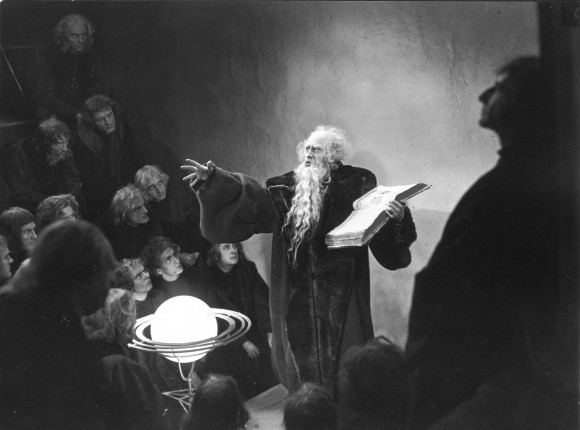Sometimes when working on creating an elegant infrastructure for housing a Digital Humanities project, I’ve found it is easy to forget the importance of researching the actual content I am hoping to aggregate. Here are some of the research items I have been engaged with most recently. The key theme in each of them is “Forbidden Knowledge” which I think gels nicely with much of my intentions of contributing to DH pedagogy in regards to coding:
Films:

http://www.youtube.com/watch?v=muQmMcju82A
Books:
Childhood’s End by Arthur C. Clarke
Caleb Williams by William Godwin
Historia von D. Johann Fausten
Doctor Faustus – Marlowe, Christopher – Edited by F.S. BOAS
The Sin of Knowledge by Theodore Ziolkowski
The Dead Sea Scrolls (Primarily Book of Enoch)
These readings/viewings stir a number of reservations about how to communicate information, about how to link some of the strange connections I’ve mapped in these works. In the Faust legend I find what looks very much like an immortal series of stories crafted around some kind of eccentric, audaciously irreverent comedian. This narrative of a scholar that sells his soul to the devil is most likely a myth formed because a brilliant huckster took great pains to “shock” the world around him. In Caleb Williams we find damning information held by the powerless. Godwin’s subtitle: Things As They Are — is a telling moniker in this tale of the innocent being guilty merely because of his social status. In Childhood’s End Clarke creates a myth of powerful extraterrestrials that take benevolent control of the earth though they appear as medieval demons as classically illustrated by humanity.
The string that ties much of these works together was far more eerie/uncanny than I had expected it to be when my research began, but I think there is important work to be done in the study of some of the odd symbology that peppers much of Western culture’s archetypal narratives. There seems to be an odd undercurrent of schizotypal paranoia sweeping through this nation in particular. It seems that people are quick to turn to the ineffable when they encounter a symbol of culture they fail to understand, and the ineffable is communicated as powerful, aggressive, and cruel.
For example, while on one hand we have what I would call warranted fear about information that is forbidden us by and about the overly powerful:
But too often such information is linked to postmodern-ized paranormal mythos/deviant paranoia:
The symbology of misinformation and the dissolution of duty through aligning the traumatic with the insane often seems to be an impenetrable force of networked society, and I would argue there is a need for humanities based exploration of the origins of some of these odd tendencies of information dispersal.
Perhaps much of what I describe in this post is the kind of meandering that could easily go beyond the scope of my final thesis, however my own notes and explorations of these texts are currently “keeping me in shape” as I try to streamline what kinds of content I will be harnessing within some of the web frameworks I’m spending the bulk of my time researching. I like to think privately “gaming” the impenetrable, obscure, taboo, and obscene with some academic vigor can be helpful in the problem solving process that comes along with trying to build and debug computational programs, frameworks, and snippets of code.


